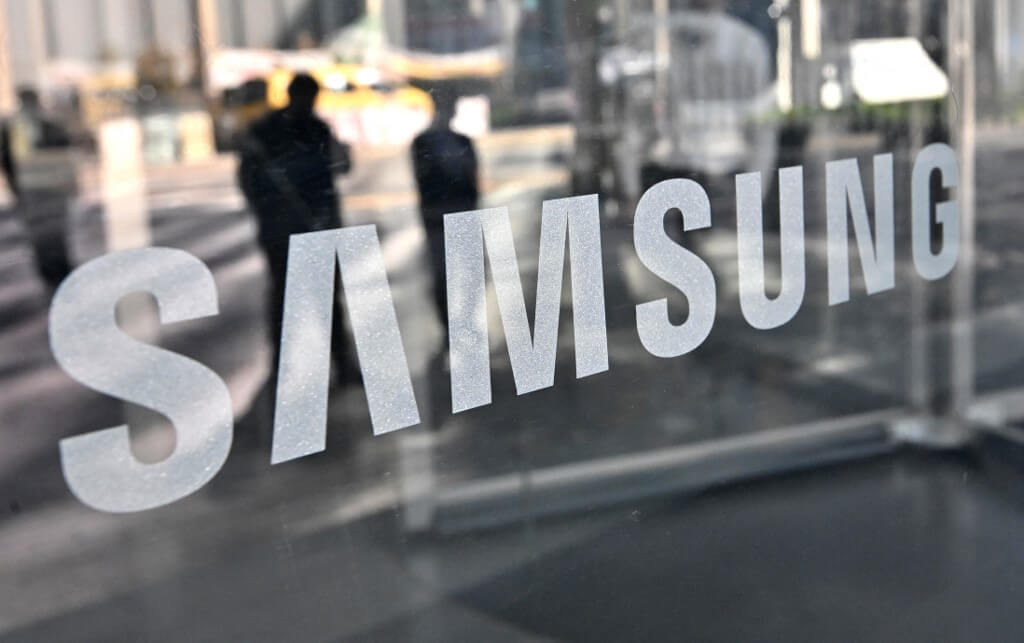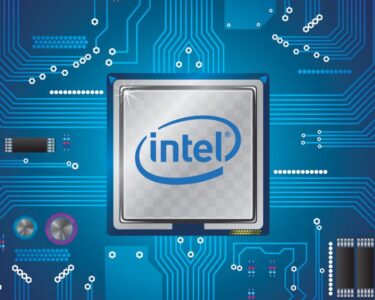In the ever-evolving landscape of the global technology market, Samsung Electronics, one of the industry giants, recently released its preliminary third-quarter financial report. In a surprising turn of events, the company announced that its profit decline was not as severe as anticipated, sparking a glimmer of hope amidst the challenges faced by the memory chip market.
According to Samsung’s preliminary statement, their operating profit for July-September fell to 2.4 trillion won ($1.79 billion), a notable decrease from the 10.85 trillion won recorded during the same period last year. While this may seem like a significant drop, analysts had initially expected a much larger decline. Consequently, Samsung’s shares experienced a surge, opening 3.3% higher compared to the broader market’s 1.4% rise.
The memory chip market, which has been under considerable strain due to falling prices and reduced demand, demonstrated faint signs of recovery during this period. Analysts believe that memory chip prices might have hit rock bottom in the third quarter, with certain types of chips already showing signs of a rebound.
Samsung’s chip business, which suffered losses of 4.58 trillion won and 4.36 trillion won in the first and second quarters respectively, managed to mitigate some of the losses in the third quarter. The company achieved this by focusing on the production of more profitable, higher-end chips, particularly DRAM chips used in artificial intelligence. Simultaneously, Samsung continued to reduce production of older legacy chips.
Moreover, the prices of DRAM chips, integral components in various tech devices, began to rebound towards the end of the last quarter. Additionally, there is optimism that prices of NAND Flash chips, crucial for data storage, might start recovering as early as the current quarter. These positive shifts indicate a potential end to the severe industry downturn that has persisted since the previous year.
Looking ahead, industry observers are keenly awaiting Samsung’s detailed earnings release scheduled for October 31. Investors are particularly interested in understanding any changes in prices of legacy chips such as NAND Flash or older DRAM. These insights will play a crucial role in shaping the outlook for the broader chip industry’s recovery.
Despite the challenges faced in the memory chip sector, Samsung’s mobile business managed to maintain stability. The company is estimated to have reported an operating profit of around 3 trillion won, similar to the previous year. This consistency is attributed to Samsung’s strategic launch of premium foldable smartphones during the quarter, which bolstered sales despite the sluggish global smartphone market.
Traditionally, the third quarter has been robust for Samsung’s mobile and display businesses. This period aligns with the launch of Samsung’s flagship smartphones, and demand for display panels from major clients like Apple typically surges before the debut of the latest iPhone.
As the technology landscape continues to shift, Samsung’s ability to navigate these challenges and adapt its strategies will be closely observed. The forthcoming detailed earnings report will offer a comprehensive view of the company’s performance, shedding light on the trajectory of not only Samsung but also the broader tech industry. Investors, analysts, and tech enthusiasts alike are eagerly awaiting further insights into the future of this influential player in the global technology arena.





